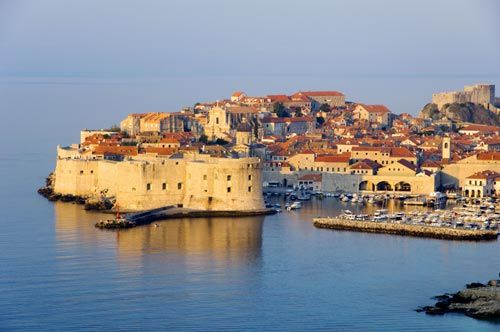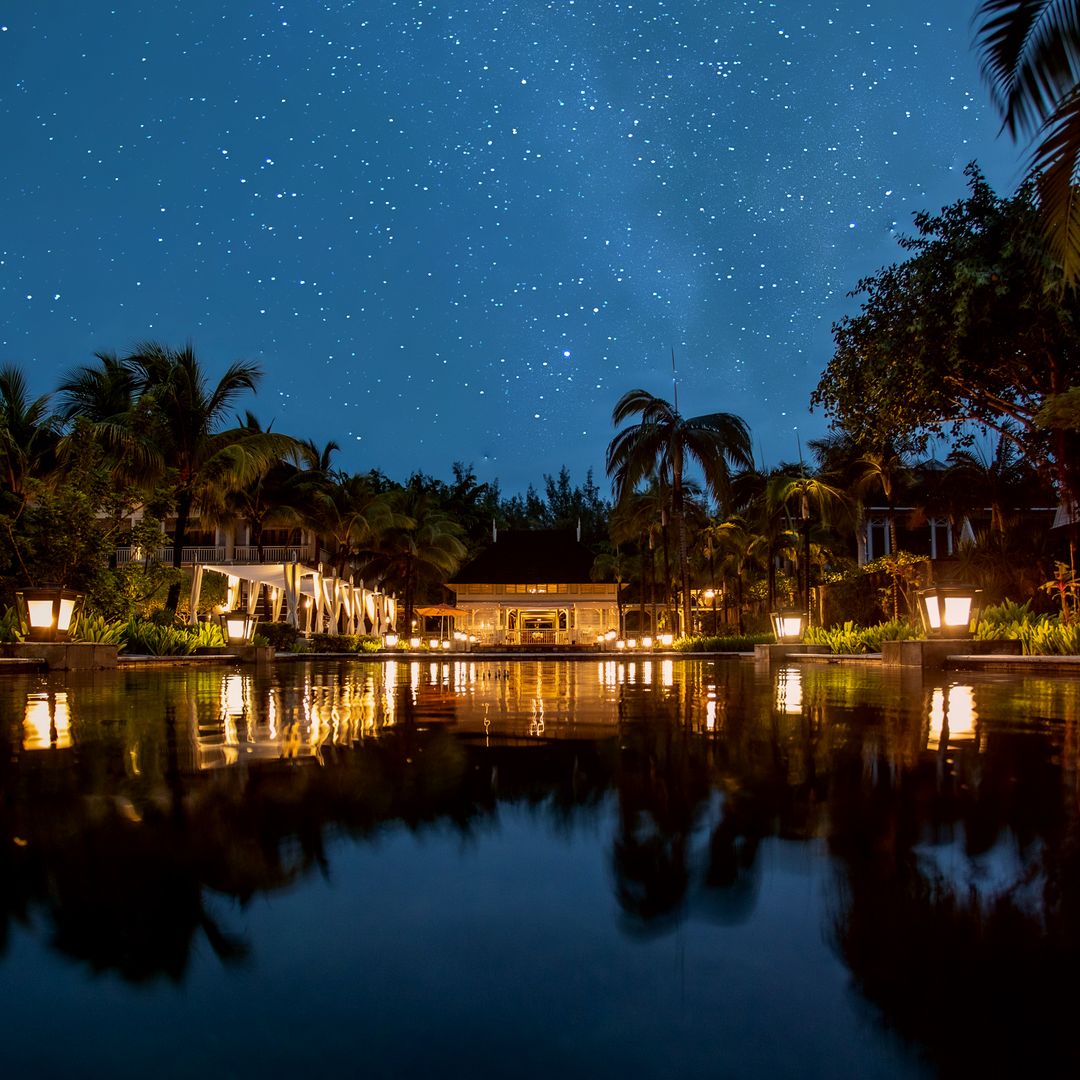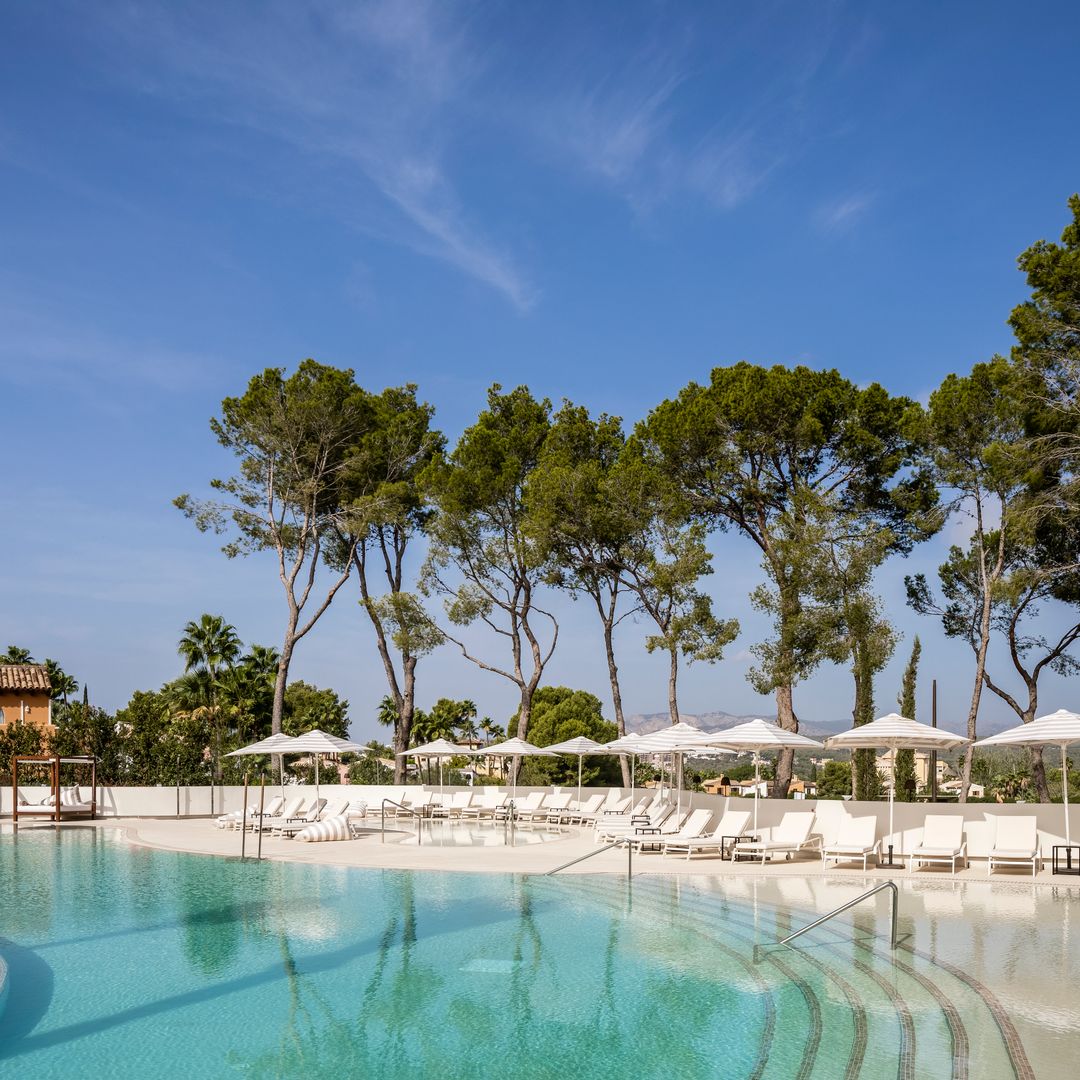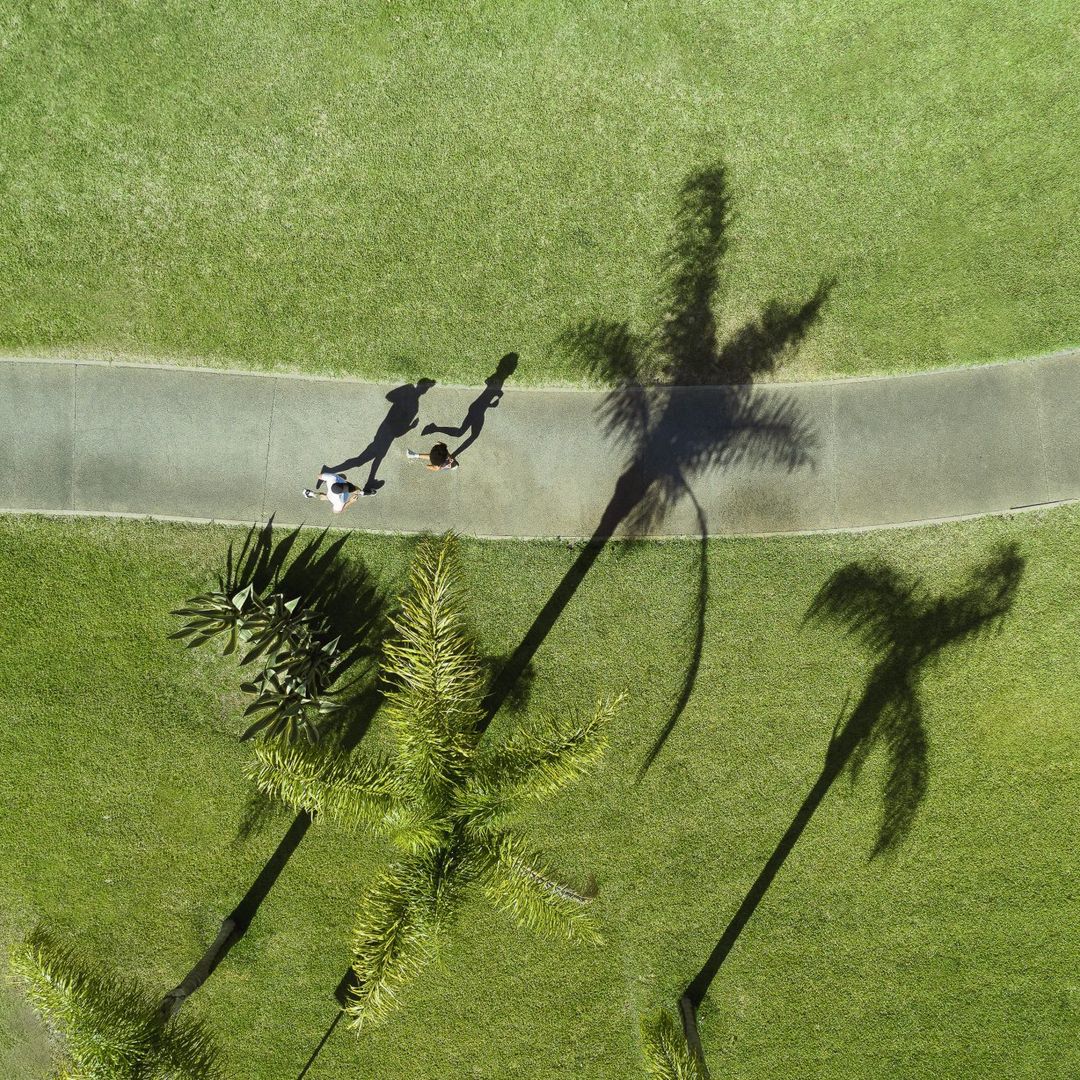In the small towns along the Dalmatian Coast it's not uncommon to hear the tale of how some local fishermen caught a Roman amphora in their nets while fishing in the clear waters. Sometimes the catch is older still, coming from the wreck of one of the Greek ships which, in the centuries before Christ, were already trading with the Illyrian tribes inhabiting much of the coast of present-day Croatia. The coastal town museums are chock-full with treasures retrieved down through the centuries, but the Adriatic still holds many secrets. Here, diving enthusiasts can explore wrecks ancient and modern left behind by many of the civilisations whose histories have entwined with the country that became an independent republic in 1991.
Near Dubrovnik, the island of Mljet offers participation in underwater expeditions to the calcified remains of a third-century Roman ship, while west of the Brijuni islands, divers can see one of the Mediterranean's most famous wrecks: the Austro-Hungarian passenger ship, Baron Gautsch, known as the "Titanic of the Adriatic", which in 1914 claimed almost 250 lives when an underwater mine exploded in her path. Then there's the Greek cargo ship, Peltastis, sunk in a storm in 1968 in the Bay of Kvarner, and highlight of some of the most spectacular dives in the area, or the Francesca da Rimini, sunk in 1944 by two torpedoes near the north coast of the island of Kaprije. Off the coast of Peljesac, lies the S-57x, one of the best-equipped warships of its time, sunk by its captain in the Second World War during a German rescue operation looking for survivors from a previous shipwreck.
But it's not just these and other wrecks that make Croatia such a popular destination for divers. The waters are also home to stunning caves, such as the Blue Grotto on the island of Vis or Lucice, on the island of Brac. There's a whole coastline to discover, and what better plan than to do so with a group of friends aboard a sailing shipsor schooner? These can be rented and in the warmer months offer by far the best way to explore the turquoise coves fringed by pine forests, the little stone towns and the jagged rocks without a building in sight: from the Kornati Islands National Park, whose hundreds of islands offer a space to sail for days without a glimpse of another human being, to the more populous and better known islands of Hvar Korcula and Brac, whose ports and fish restaurants are well equipped for summer visitors, although the islands remain largely unspoiled and free from excessive modern construction.
All of these, together with with a mosaic of more anonymous and remote islands and islets that dot this beautiful stretch of the Adriatic, make the Dalmatian Coast an unmatchable patchwork of unspoiled landscapes that reflect the Mediterranean as it was, or very nearly so, many centuries ago. On land there await historic towns, including Zadar, Sibenik, Trogir, Split and Dubrovnik (a UNESCO World Heritage site), where Greeks and Romans, the Sephardic Jews expelled from Spain and Portugal, Venetians, Austro-Hungarians and French all left their mark on this land that was passed from hand to hand in a series of alliances and unions until declaring independence less than twenty years ago
PRACTICAL TIPS
Sailing ships and schooners
Dalmatian Coast Cruises offer several options for cruises or sailing holidays in Croatia with tailor-made itineraries.
Ocean Blue, UK-based independent charter agents offer bareboat, skippered charter and luxury, fully-crewed yacht charter in the Adriatic. The local company Croatia Yachting have a wide range of sailing charters, motor yacht charter, luxury mega-yachts and gulets that cruise the Croatian coast.
Diving in Croatia
The shipwrecks are protected and can only be explored as part of organised expeditions arranged by the numerous authorised diving centres that dot the main coastal resorts.
Where to stay
Of course, if you hire a sailing boat or schooner, you'll sleep on board the vessel. The local Adriatica agency offers a wide range of accommodation, ranging from hotels, villas, guesthouses, holiday homes and even lighthouses. You can also choose one of the exclusive hotels located in the major coastal cities: the Pucic Palace, a delightful five-star boutique-hotel in a baroque building in the old quarter of Dubrovnik, or, also in Dubrovnik, the even more exclusive Villa Sheherezade, which boasts just five rooms and two absolutely spectacular terraces overlooking the Adriatic. In Split, the four-star Park Hotel comprises some fifty rooms in an aristocratic mansion brimming with flowers, set opposite the beaches and the port, and, in the historical heart of the city, the Vestibul Palace, also four stars, brings state-of-the-art twenty-first century design to a building with Romanesque, Gothic and Renaissance elements built on what was once the Diocletian Palace.
Gastronomy
Fish and shellfish are the main features on the Dalmatian menu. At the Monika restaurant (Budislaviceva, 12) in the charming town of Trogir, the best plan, if the weather is good, is to ask for a table in the courtyard and order a selection of tuna, prawns, octopus and the best of the day's catch cooked on the grill. Or try the grilled seafood in Split, on the terrace of the Boban restaurant (Hektoroviceva, 49), one of the best in town. In Zadar, the Riblji Fosa restaurant (Dmitro Kralja Zvonimira, 2) offers, in addition to the best fish, the most romantic tables in town, on their terrace opposite the neat fishing port, while in Sibenic, the elegant and more international Vijecnica restaurant can't be missed: the terrace tables are right opposite the city's cathedral, a UNESCO World Heritage site.









